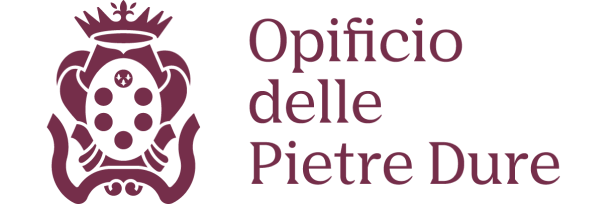

Descrizione
Even though the foundation of what would be later known as “Opificio delle Pietre Dure” was due to the grand duke Ferdinando I de’ Medici, his father, Cosimo I, already had a workshop in Palazzo Vecchio for the production of stone artifacts. The first room of the Museum shows the origin of the workshop and displays some artworks witnessing Cosimo’s passion for archaeological marbles, such as large-sized porphyry sculptures, a stone related to royalty in the ancient world. With the aim of legitimating the Medici’s power, Cosimo commissioned the sculptor Francesco Ferrucci del Tadda (from Fiesole, near Florence) some monumental works of art in porphyry, such as the dying Alexander’s head, copy of a renowned Hellenistic model, and the Medici coat of arms hold by cherubs. The portrait genre was particularly suitable for celebrating the Medici dynasty. As an example, here you can see the portrait of Cosimo I, made at the end of the sixteenth century by Francesco Ferrucci, relative of the previous Francesco Ferrucci del Tadda, using marbles coming from different areas of the Tuscan grand duchy. Considerable dimensions and rare elegance distinguish two big panels with flower pots, made for the oratory of the villa at Poggio Imperiale, using Flanders Touchstone for the background and inlaid alternating precious jaspers and cheaper materials. Here are also exposed the first Florentine examples of the “stone inlay” technique, such as the tabletop with flower pots, birds and military trophies, coming from villa la Petraia, made with archaeological marbles and soft stones, according to a composition frequently replied by the court workshop in the time of Ferdinando I. This artwork clearly shows a strong bond between Florentine mosaics and ancient roman inlays: the use of archaeological marbles, the surrounding frieze and the cartouches framing the central stone, all contribute to the representation of an archaic theme.
Sezione successiva




